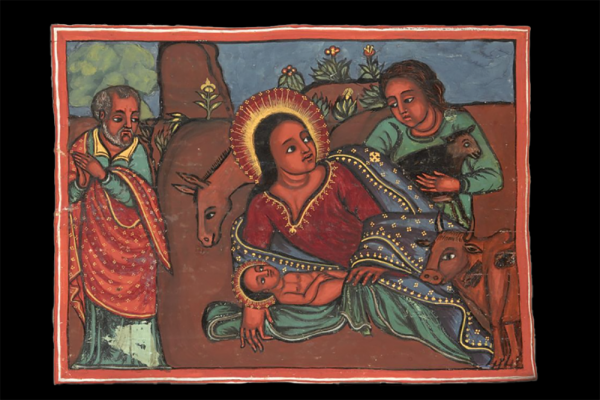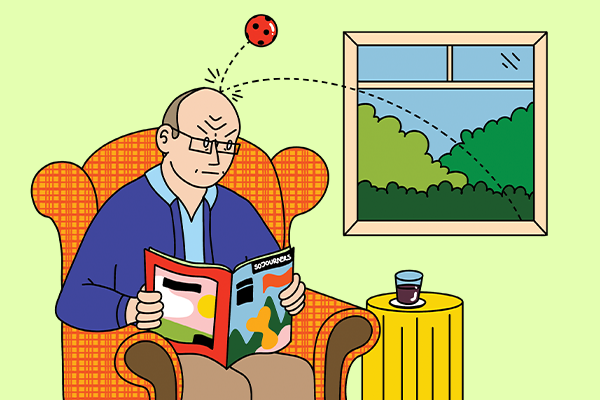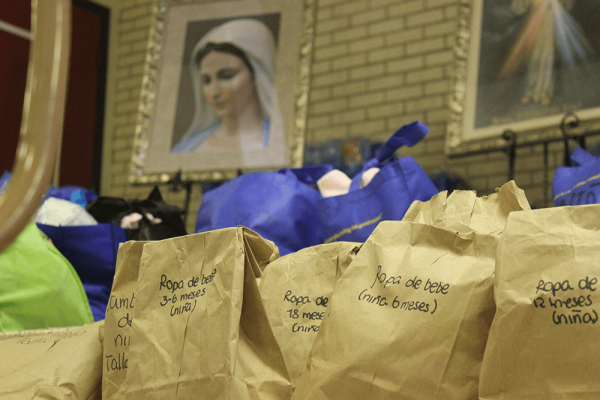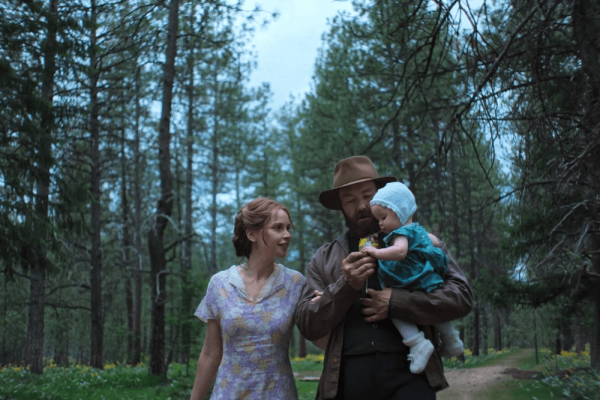IN THE EIGHTH season of Call the Midwife, set in post-war east London, nuns and nurse midwives of Nonnatus House assist a woman with severe complications from a “backstreet” abortion. Sister Julienne says to a young nurse, “The word ‘midwife’ means ‘with-woman.’ A woman in that situation needs somebody by her side.”
I’m pro-choice, which was an unpopular stance in the Catholic community I grew up in. For my views on reproductive rights, people in youth group called me a “baby killer” and “Pontius Pilate.” During Advent, specifically, I loathed the hollow teachings on Mary and childbirth. We sanitized the Nativity into a cute story — the equivalent of a Disney movie featuring a white family and a manger crowded with men. Only recently did I learn that some scholars believe that midwives attended Jesus’ birth. As reproductive freedom and care are further undermined in the United States, this is an apt time to reclaim a more feminist view of the Nativity and rethink Advent as the season of the midwife.
The noncanonical gospel of James has had a wide influence on the theological study of Mary. In it, the author cites two midwives at the Nativity. Writer and nurse midwife Patricia Harman argues that it is likely Mary had assistance during childbirth, noting the prominence of midwives in Hebrew culture and the risks for first-time mothers. Some scholars claim Mary, lacking a birthing stool, delivered her baby upright, stayed by midwives and assistants. For centuries, frescoes, mosaics, and altar decorations depicted midwives bathing the newborn Jesus. Midwives also had starring roles in Nativity plays and at Christmas Mass in the Middle Ages. During the early modern era, however, the treatment of women healers, deemed a threat to patriarchal medical authorities, “took a dark turn ... the image of the midwife became associated with witches,” Harman explained in a 2018 article for Time.
What insight and inspiration have we lost as midwives disappeared from our understanding of Advent and Christmas?
In the U.S., between 700 and 900 women die — and 65,000 “nearly die” — in pregnancy and childbirth annually. Further, Black women are three to four times more likely to die in the maternal period. These disgraceful statistics will be compounded by new abortion bans that will likely increase dangerous terminations and force births in precarious circumstances, including in cases of incest or rape. Writer Terry Tempest Williams reminds us, “No woman terminates a pregnancy easily ... Because until she bleeds, she imagines every possibility from pleasure to pain to birth to death and how she will do what she needs to do.” Midwives — and “with-women” of all sorts, from doctors to advocates — place themselves in the tender places of fear, loneliness, grief, pain, and impossible decisions. They tend to women, like Mary, in all circumstances without judgment.
Advent means “arrival.” As we anticipate the birth of Jesus Christ, we must remember that God appeared in these tender places — in human flesh, in the womb of a refugee, at the site of vulnerability and oppression. We must strive to be “with-women,” seeking healing and justice, not on soapboxes, but kneeling in the straw with arms outstretched.
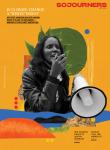
Got something to say about what you're reading? We value your feedback!
